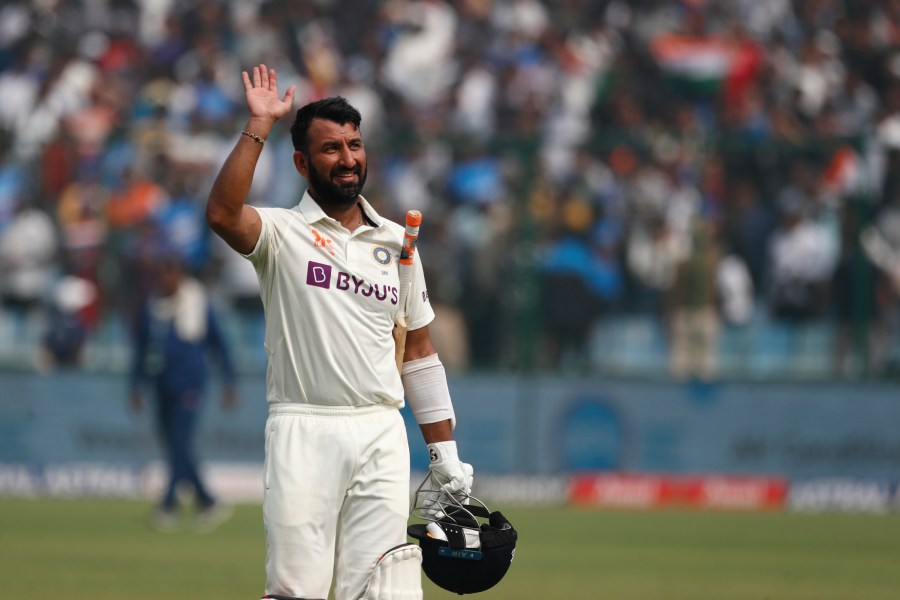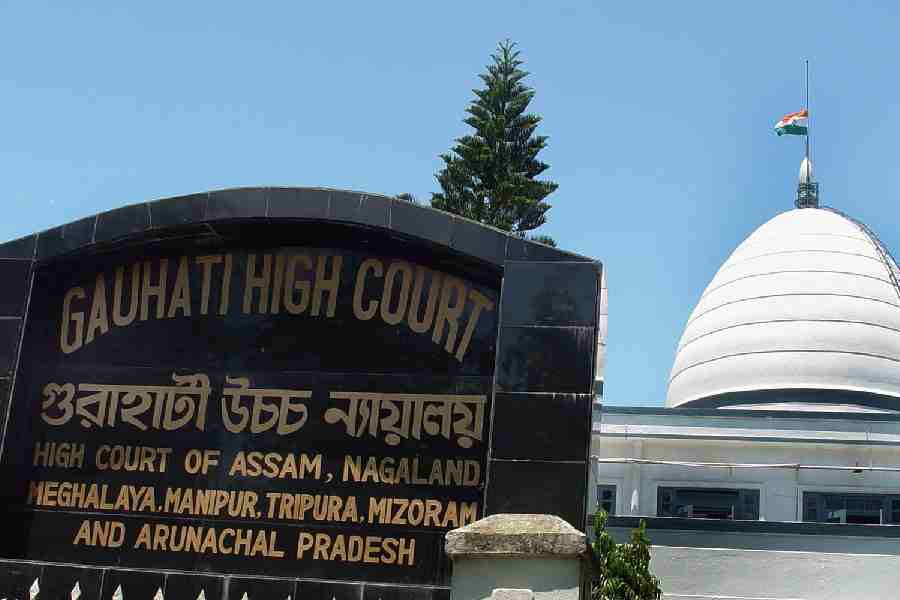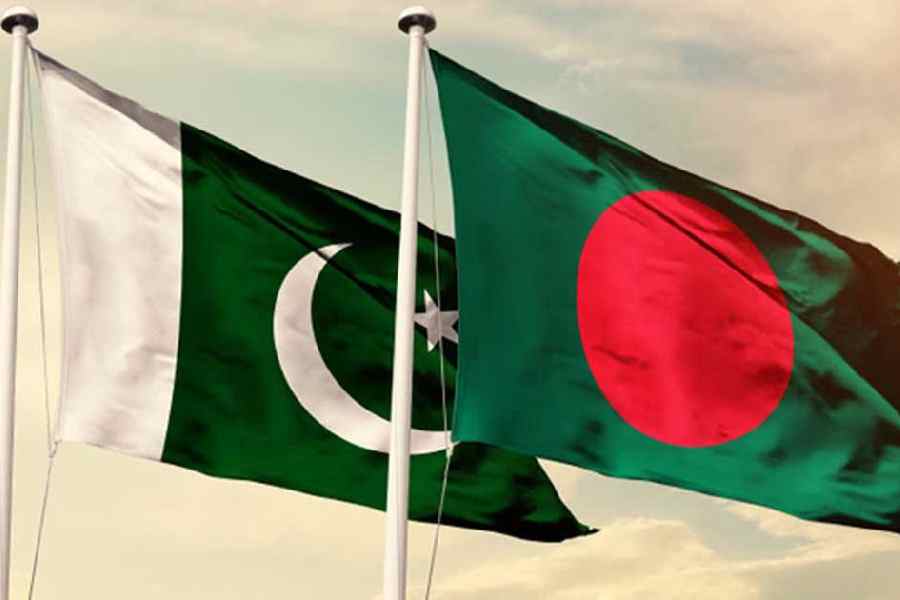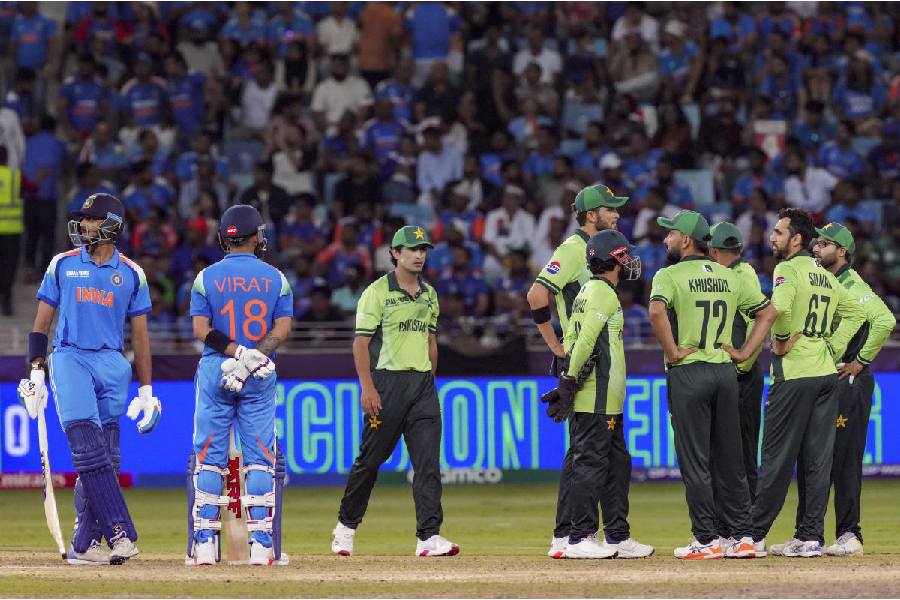 |
 |
 |
| Trial by fire: (From top) The remains of Graham Staines’ station wagon; Gladys Staines with Esther and a photograph of her husband and sons, and Staines now |
Every time Gladys Staines hears of an attack on an Indian in Australia, she shudders. To the widow of Australian missionary Graham Staines, burnt alive with their two young sons in Orissa 11 years ago, the attacks in Australia stoke up memories of a hate crime she wants to forget but cannot.
“I feel deeply saddened. This is not the typical Australian way of life. When I think of the overwhelming support I received following the deaths of my family, I feel great sorrow that Indians are being attacked in Australia,” says Staines, 59, breaking her silence after she left India with her daughter Esther in July 2004.
The 58-year-old missionary and his sons — Philip, 11, and Timothy, 7 — were sleeping in their station wagon in Manoharpur in Orissa’s Keonjhar district when a mob, led by Bajrang Dal activist Dara Singh, set it afire in the early hours of January 23, 1999.
Singh and his cohorts accused Graham — who had gone to the village with his sons to attend a “jungle camp”, an annual gathering of local Christians — of converting local tribal people to Christianity.
The killing triggered an outcry, with then president K.R. Narayanan denouncing it as a “crime” that belonged to the world’s “inventory of black deeds”.
Today, Dara Singh is in an Orissa jail, serving a life sentence. Staines says she has “forgiven” the killers, but she cannot forget the killings. Time, the great healer, has failed to close the wounds in her mind.
“I really don’t believe that a person can get over losing a spouse and children. As time goes by, we learn to adjust to life without them,” she says in an email interview. She traces her life back in a wide arc of time — from her days in Orissa’s Baripada, where she lived for two decades, to Townsville in Queensland, where she now works as a nurse in a local hospital.
As India and Australia spar over what India slams as “racist” attacks on Indians Down Under, Gladys Staines, in her own ways, straddles both nations, often wearing a sari and cooking Oriya dishes in her Australian home.
In fact, Staines says she finds herself so steeped in “Indian values and traditions” that she finds it hard to accept the ways of her own country. “At times, I can’t even think of the English word to describe something,” says the widow, who speaks Oriya fluently.
Staines says she moved back to Australia because her daughter Esther, after finishing her secondary education from Hebron School in Ooty, wanted to go to college in Australia to “find out what it meant to live in her passport country”. She’d been in India all her life, ever since she was born in Calcutta in 1985.
“In many ways, Esther is like Graham. Graham was a leader — careful, compassionate and methodical. He could learn and absorb any information easily and could then explain it to others in plain language. I see many of those traits in her,” says the proud mother.
Drawn by the plight of poor leprosy patients ostracised by their families, Graham arrived in Orissa in 1965. Fifteen years later, Gladys reached there to work for a Christian organisation.
Their paths crossed in 1981. They got married two years later in a simple ceremony in Australia and moved to Mission House, a one-storeyed colonial bungalow at the centre of dusty, teeming Baripada. Mission House, with a church on its vast compound, doubled as the headquarters of the Evangelical Missionary Society of Mayurbhanj, which was where Graham worked as a missionary.
It was not easy for Gladys, then 32, to adapt to an unfamiliar Indian way of life. “I had to learn Oriya and run a house with quite a number of people having community meals together. Graham really helped me, as did the people around me,” she recalls.
She had to pick up another “vital Indian art” — how to wear a sari. And she wore a sari for the next two decades that she spent in Orissa. Staines stresses that she still wears one in Australia, especially when she is meeting someone from the Indian community or attending an Indian function.
The young bride was struck by the way her husband, who had set up the leprosy home in Baripada in 1982, “devoted himself” to treating leprosy patients from poor families in and around Mayurbhanj. She lent her hand unasked.
Soon inmates of the leprosy home found a didi (sister) in her who worked alongside dada, as they called Graham. “Didi would watch us with a big smile when we played football with dada,” says Josia Soren, a former patient who is now the supervisor of the leprosy home.
She learnt about the “sufferings” of the leprosy patients from her husband who, she says, taught her how to “empathise with these unfortunate people whom their families would not accept even after they got cured”.
Their three children were all born in a Calcutta hospital. Like their parents, they picked up Oriya and took to local culture.
The Staines family was a happy one — until that wintry night of 1999, when their world fell apart.
“Gladys Staines has been an extraordinary person. I wonder how she has endured what she has and yet she retains a smile on her face,” says the chief functionary of the Evangelical Missionary Society of Mayurbhanj, Subhankar Ghosh. Ghosh, a family friend, was a witness to the gruesome Manoharpur killings.
Staines stresses that her faith in God pulled her through the trauma of losing her husband and children. “But that doesn’t mean I am not sad at times or forget my husband and two sons,” she adds.
Clearly, they are with her in Townsville — miles away from her laidback days in Baripada.
The mornings often find Staines in her garden, mowing grass and dealing with weeds. She grows fruit, flowers and vegetables in her “not-so-small” garden at the back of her house, she says.
As a registered nurse, she works shifts in a local hospital, sometimes returning late at night. “I do all my own shopping, cleaning, washing and ironing. I also cook meals and care for the surrounds of the house,” she says.
On Sundays, Gladys goes to church and prays. As part of community service, she also teaches young children religious values. She is often invited — especially by the Indian community in Australia, she says — to give a talk on her life and how she coped with her personal losses.
She may be in Australia, but she says she remains in Graham’s Orissa in spirit. And when she is not working, she often finds herself communicating — by phone or email — with officials at the Baripada leprosy home.
She is happy that Graham’s dream for the poor has blossomed in Orissa, though, sadly, after his death. The Mayurbhanj evangelical mission now runs a 15-bed spotlessly clean hospital. Built in 2004, it has a crowded outpatient unit named after the murdered missionary in the Mission House compound in Baripada.
At Rajabasa, 10km from Baripada, a group of children — mostly orphans — has been housed at a residential school which was set up in 2003. The school is named after the two Staines boys.
“It has all been possible thanks to Gladys. She has been our biggest fund raiser,” Ghosh says.
At Townsville, one of Gladys’s “closet” dreams is blossoming too. Two years from now, Esther will be a physician, completing her medical degree. It will be a tribute to her father who spent his living days nursing patients of a disease once seen as a curse in India.
Esther, 24, who Gladys says is just as loving and caring as her father, is also slated to get married on May 8.
Gladys says Indians have showered her with “love and kindness” following the killings of her family and it breaks her heart to see them attacked in her own country.
“I don’t want to speculate what is behind these attacks as I have no idea. But I pray these attacks will not be repeated. I especially want to send my condolences to families of Indian students attacked in Australia,” she says. The widow says she was “overwhelmed by the outpouring of grief from thousands and thousands of Indians regardless of caste and creed” when her husband and children were killed.
Gladys says she is in Australia to “help and support” her daughter. But she has no idea what she will do once Esther settles down.
Will she come back to India? “I don’t know what I will be doing for the rest of my life. As I have the strength I believe there is still much I can do with God’s help wherever He leads me,” the widow says, leaving the question open.
But wherever she is, she says she will be inseparable from Graham’s India.










